Dentists and dental staff have to be prepared for emergency situations, especially in a cardiac emergency. Many people experience sudden cardiac arrest and very few survive. It is a frequent emergency that can be encountered in the dental office and must be responded to in a timely manner before they develop permanent neurological damage. Therefore, the staff should be trained in doing CPR (cardiopulmonary resuscitation) and the use of a defibrillator. Moreover, it is important they have access to necessary emergency equipment for resuscitation.
Sudden cardiac arrest is defined as rapid arrest leading to death because of cardiovascular associated condition. In this situation, the electrical rhythm of the heart starts becoming chaotic means at the end it stops beating. The most underlined reason behind it is congestive heart failure in people age above 35 years. Diabetes is also a reason behind the development of cardiovascular disease because it increases the load on the heart.
Importance in dental settings
It has been seen that more and more people are dying today because of cardiovascular disease and diabetes rather than transferable infections. Installing an automated external defibrillator (AED) should be a priority in dental offices and staff should be trained on how to effectively use an AED. It is required that dentists and dental professionals are proficient in the knowledge and skill of CPR and to keep an emergency kit. Patient may respond adversely to local anesthesia or general anesthesia; therefore, it is important to have effective management strategies including access to a source of oxygen, basic emergency drugs, and training in BLS and the use of emergency equipment.
There have been many instances where it has been seen that dentists lost their patients in the simple procedure of root canal procedure. This can happen when they haven’t followed correct protocols by –
- Giving proper medications.
- Making use of modern airway equipment.
- Documenting positive pressure ventilation.
- Doing defibrillation.
Implementing an emergency protocol
In addition to the proper equipment, the dental team (dentist, dental hygienist, dental assistant) should have emergency protocols put in place for effective team dynamics in the event of an emergency. Basic life support (BLS) training with guide you on how to assign roles for your staff in the event of an emergency. Putting the effort, they need to practice emergency plans frequently and adjust accordingly. For different office sizes, a team leader should be assigned for taking the control of situations.
The final words
Sudden cardiac arrest is a reason behind the leading deaths in many countries. It is a bigger killer than breast cancer, immunodeficiency diseases, or lung cancer. The dental professional should know that those who are suffering from silent or undiagnosed heart conditions can develop sudden cardiac arrest.
The Royal College of Dental Surgeons of Ontario recommends that all dentists and dental hygienists be certified in BLS that encompasses competency in CPR and the proper use of an AED.
When your dental team is well-trained and equipped to quickly respond to the sudden cardiac arrest the better chances of recovery for your patient.

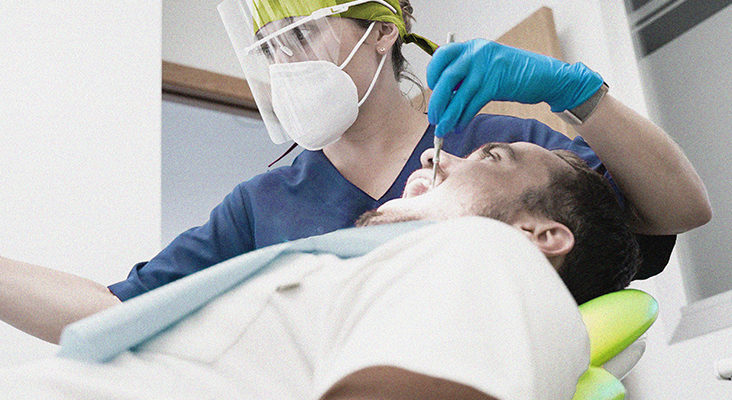
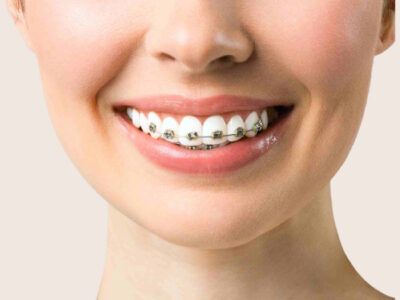
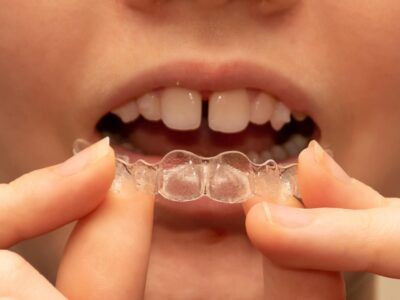
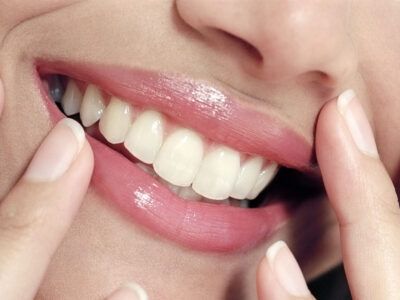
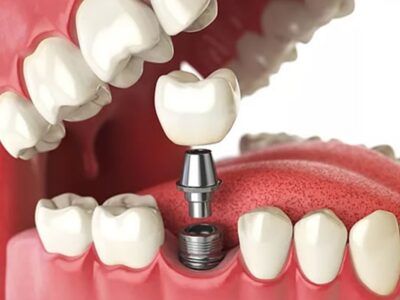

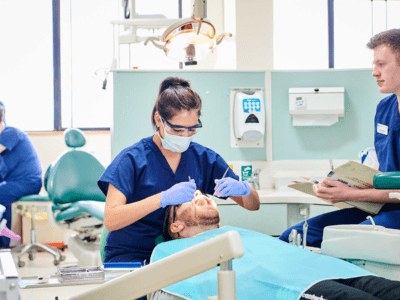





Comments